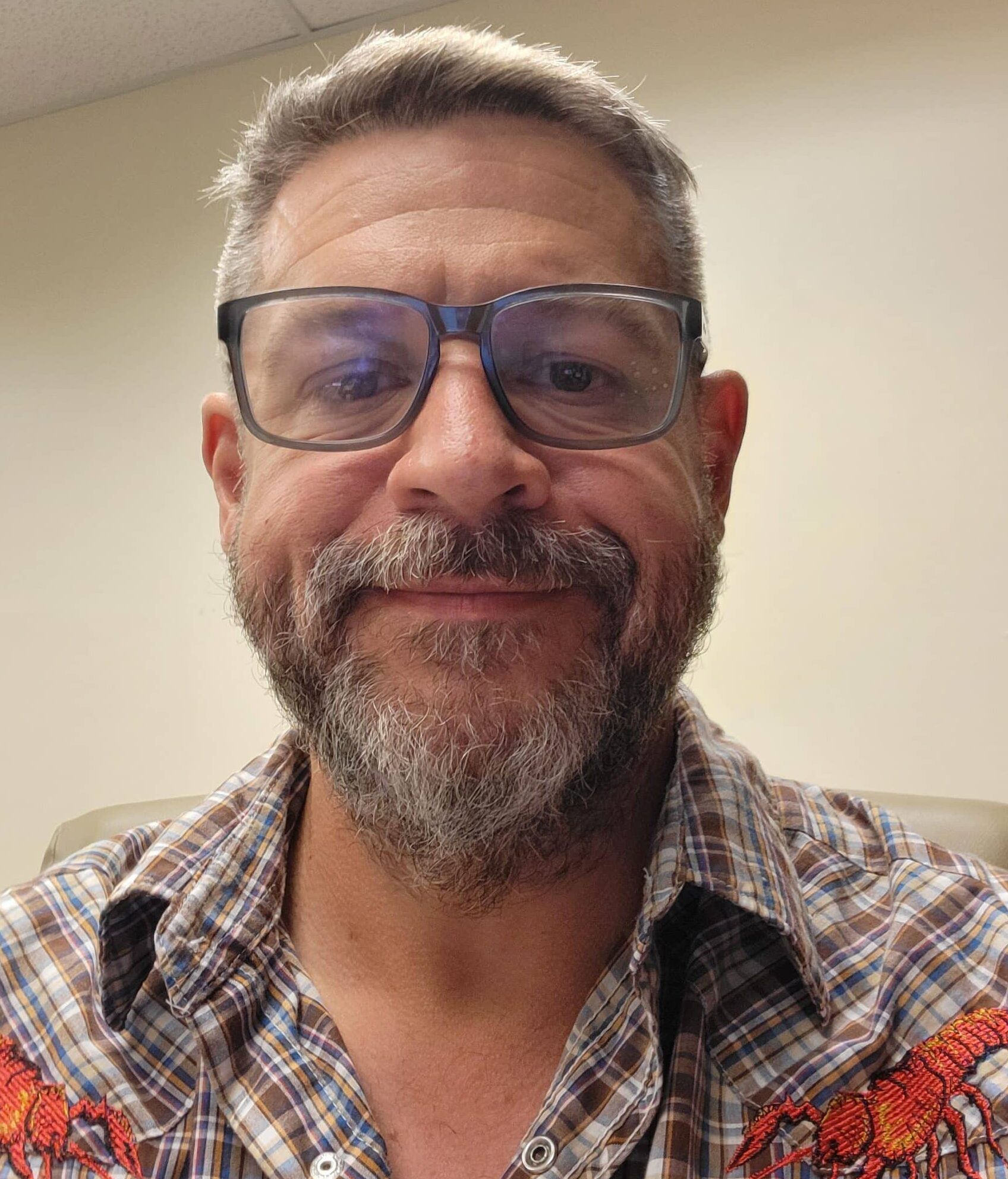The Leahy brothers, Harry, and his younger brother Willie, were typical young cowboys in 1908 Texas, maybe a little brash and occasionally struck by a wild streak. Their family, with a long linage in Texas, were highly respected residents of Mathis and for many generations owned a ranch in San Patricio County.
On one occasion, Harry and Willie were sent to their Aunt Timon’s house in Mathis, with instructions to pick up a trunk and return to the ranch. However, on the way, the two boys stopped to visit their uncles Pummie Timon and Walter Timon, the San Patricio County Judge.
Their visit resulted in more than a few sips of spirits, leaving the brothers in quite a rousing mood. Deciding it was probably time to finish their task, the brothers left, picked up the trunk and proceeded to recklessly drive their buggy down the streets of Mathis. Feeling emboldened, Willie pulled out his Colt Bisley 3840, firing it wildly into the sky. Residents were nervous, and someone called for San Patricio sheriff, Dave Odem.
Odem, who had been a rancher in Texas starting as a child prior to the Civil War, saw the Texas landscape with no barbed wire fences. It seemed that these Mathis cowboys were back to the old cowboy ways. Sheriff Odem deputized a few men via telephone and sent them into town, arriving while Willie was still firing his Colt wildly into the air. Seeing little other recourse, one of the deputies leveled his rifle at Willie, shooting him out of the buggy where he perished. Harry, who was so drunk, was tied up and carried off to jail. The sheriff took the Colt off Willie as he lay dead at the corner of Front Street and San Patricio Avenue.
Following the loss of his brother, Harry strived to abide by the law. Eventually, he attended college, received a law degree, and became a prosperous rancher and lawyer. Things were fine for the next couple of decades. However, the Great Depression hit farmers and ranchers hard including the Leahy family. Foreclosures and seizures were not uncommon. Judge Walter Timon, Harry’s uncle, and his mother’s brother, eventually tried to take the Leahy ranch. As a result, Mrs. Leahy sued her brother, creating a nasty rift in the family.
Harry’s hatred for his uncle continued to fester. Things finally came to a head at Brownsville’s Miller Hotel, where both men were guests. As Harry was leaving the hotel through a side door, Judge Timon and a companion pulled out their pistols, shooting at the judge’s unarmed nephew. One round struck Harry square in the chest, but he was lucky, his pocket watch deflected the fatal strike. In response, Judge Timon turned the story around, charging Harry with assault and attempted murder. Harry got off as the charges were later dismissed, however, he spent the rest of his time in Brownsville under guard for his safety.
Judge Timon was never successful in taking the Leahy Ranch, but the Depression would eventually claim the ranch. Due to debts owed, the bank put the ranch up for auction. Harry Leahy was devastated. Dr. James Abner Ramsey of Mathis bought the ranch in 1926. Soon after, Harry pulled Dr. Ramsey aside, telling him that the ranch would “never do you any good.” An ominous warning?
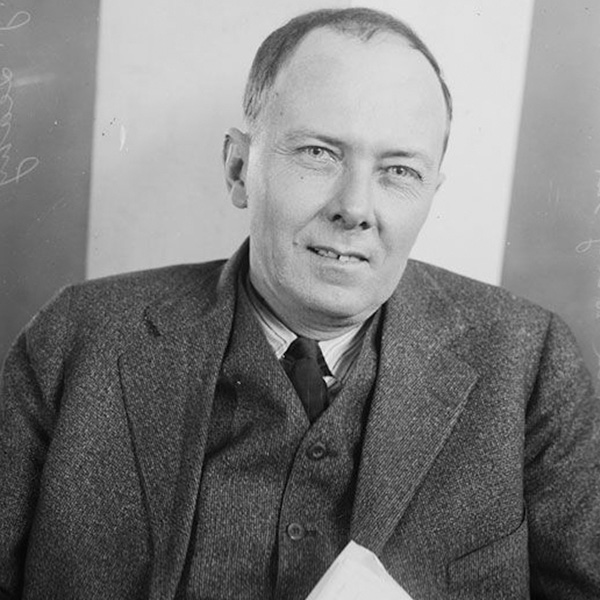
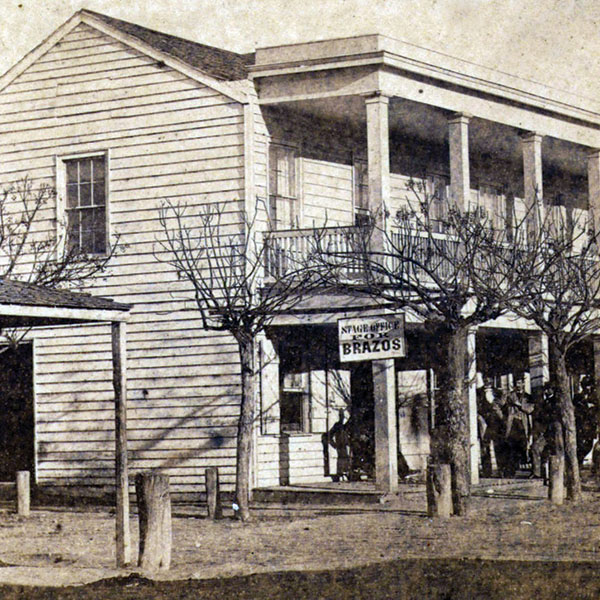
On the evening of May 20, 1926, a distressed man, identified as a “Mexican man,” appeared at Dr. Ramsey’s door seeking help for his sister. The doctor disappeared into the night with the stranger, driving off in his Dodge roadster. Concurrently, Dr. Ramsey’s wife, Molina, called Sheriff S. F. Hunt out of concern. The following day, Mrs. Ramsey received a postcard from her husband saying he had taken the patient to Beeville and might be heading to San Antonio. Mrs. Ramsey believed the card from her husband had been written under duress. A full week passed with no news of the doctor.
Back in Mathis, a young boy, Marcos Lemos, approached the police and reported a strange Mexican man who had rented a room several days prior to the doctor’s disappearance. After a full week, a reward for more information or his return was posted. Then, Sheriff Hunt called Governor Miriam “Ma” Ferguson, requesting help from the Texas Rangers. Light Townsend and J.W. Aldrich were assigned to the case. A few days later the sheriff specifically requested the agency’s top detective, Frank Hamer.
Through witness reports, Captain Hamer determined Harry Leahy had kidnapped the doctor and called for his arrest. On June 17, 1926, Leahy and his accomplices were arrested; Leahy was charged with murder. The bond of $65,000, a staggering amount for the time, was later reduced to $20,000. Leahy was released but kept under constant surveillance.
The Rangers were able to track down the roadster as well. Then came a big break as the Mexican man who approached Dr. Ramsey was identified as Robert Martinez. He maintained his innocence and refused to talk to the Rangers until Hamer bluffed him by saying Harry Leahy was looking to kill him.
In return, Martinez spilled his guts. He told the Rangers how he was hired and told the rest of the kidnapping story. Next, he took the officers to Ramsey’s grave in Live Oak County. The badly decomposed body was found in a shallow grave. According to Martinez, Leahy forced Dr. Ramsey at gunpoint to the gravesite, where he was tortured for the next five hours. The doctor was instructed to write a $10,000 ransom demand and sign a note leaving his ranch to Leahy. Leahy and Martinez dragged the good doctor to the hand-dug grave, killed and buried him.
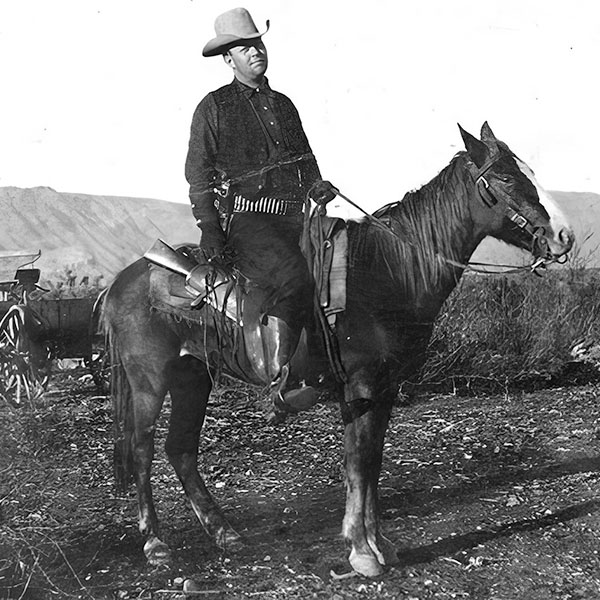
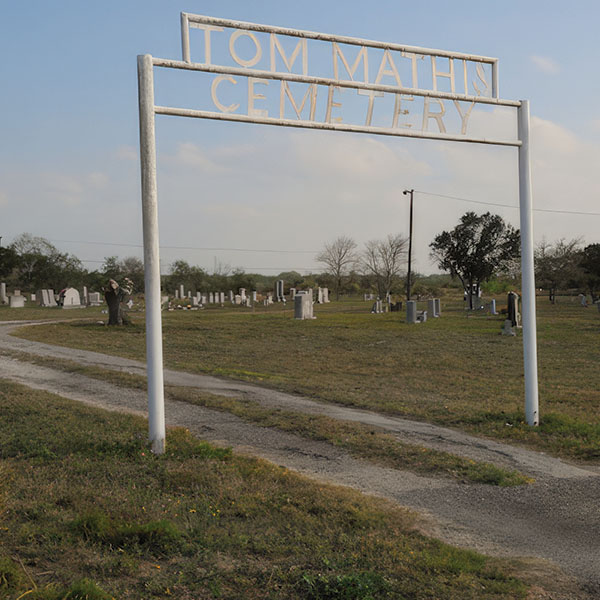
Captain Hamer and the Rangers brought the men to trial. The first trial was held at George West, Texas, located in Live Oak County, where the murder occurred. When the jury handed down fifty years to Leahy, he demanded a new trial. Every legal maneuver and means were taken to try and save Leahy’s life, including being granted numerous stays by Governor Dan Moody. Eventually, he was sentenced to death three years after the murder. On August 2, 1929, Leahy was brought to death in the electric chair at the state prison in Huntsville, Texas.
Ranger Frank Hamer was present at the execution Twenty minutes prior to the execution, Leahy called for the Ranger. He told him, “All my life things have broken my way, but this time, the cards were stacked against me.” Hamer replied, “Who stacked them against you Harry? None but yourself.” Robert Martinez, Leahy’s murder accomplice, drew a five-year sentence and was paroled in just over two years.
In an odd twist of fate for Leahy, while he was out on bond, he married a well-to-do widow who exhausted nearly $60,000 of her fortune on his defense. His marriage date was August 27, 1929…the same day Dr. Ramsey’s body was discovered. Dr. Ramsey’s body was placed in San Patricio County’s Tom Mathis Cemetery.
The Dead Man’s Gun Today and Its Provenance
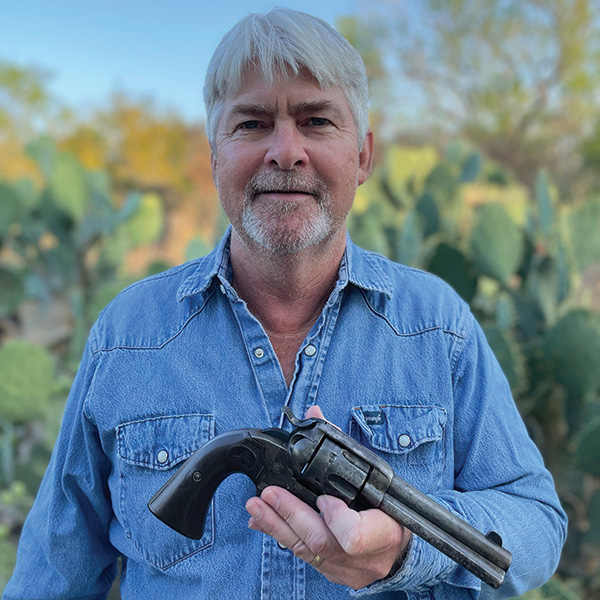 Tying the entire tragic story between the Leahy’s and Ramsey is a 1902 Colt Bisley model, 38-40/38 W.C.F. Today, that same Colt Bisley sits in the hands of David Alan Woodward of Three Rivers, Texas. A collector of firearms, specifically those produced by Colt, Woodward came across a similar collector in Iowa who claimed the gun’s history traced back to San Patricio and Live Oak Counties. As a life-long resident of Live Oak County, Woodward could not pass up the chance to obtain such a firearm.
Tying the entire tragic story between the Leahy’s and Ramsey is a 1902 Colt Bisley model, 38-40/38 W.C.F. Today, that same Colt Bisley sits in the hands of David Alan Woodward of Three Rivers, Texas. A collector of firearms, specifically those produced by Colt, Woodward came across a similar collector in Iowa who claimed the gun’s history traced back to San Patricio and Live Oak Counties. As a life-long resident of Live Oak County, Woodward could not pass up the chance to obtain such a firearm.
Along the way, the Bisley earned the name “Dead Man’s Gun” due to its intertwining history in San Patricio and Live Oak Counties. Originally, it is believed the gun belonged to Willie Leahy. His initials can be found on the inside of the grips. It is the pistol Willie was firing wildly on his last day in Mathis, Texas; it is the pistol taken off his body by Sheriff Dave Odem.
Unfortunately, the San Patricio County’s office records from this time were destroyed by a flood. Instead, the provenance of the Colt Bisley is pieced together through historical records, newspaper articles, and word of mouth. Additionally, an insurance agent’s investigation described this Colt by serial number with a description of it being used in a shooting incident in Mathis in the early 1900s. While the hard evidence of the Bisley’s provenance was lost to the flood waters, Woodward has been able to trace the Bisley back to this priceless story of the Leahy Brothers, Texas true crime history, and Texas Ranger Frank Hamer.




